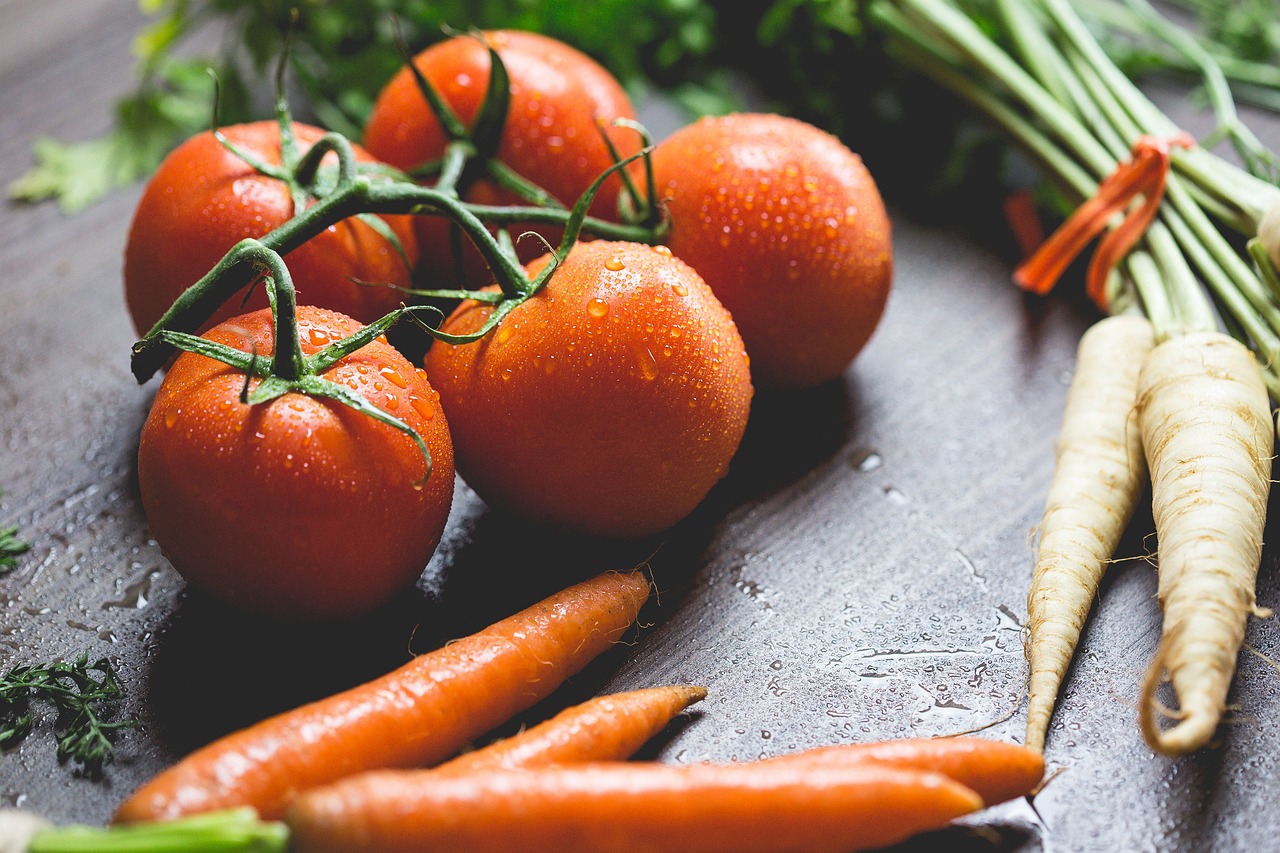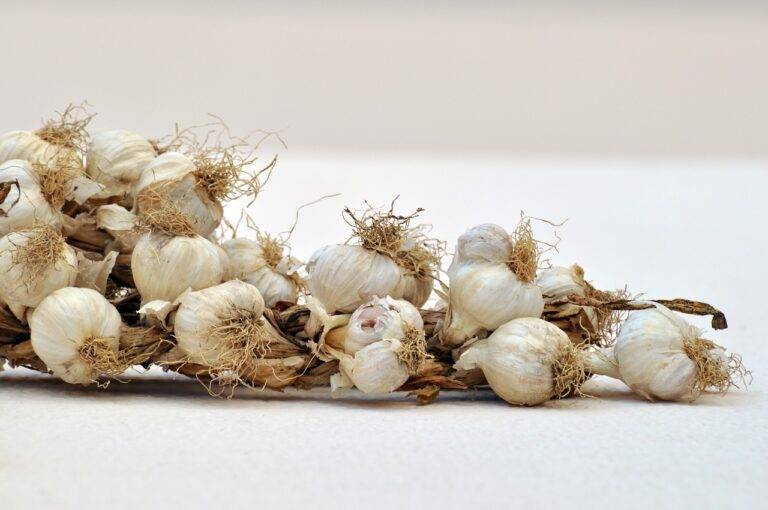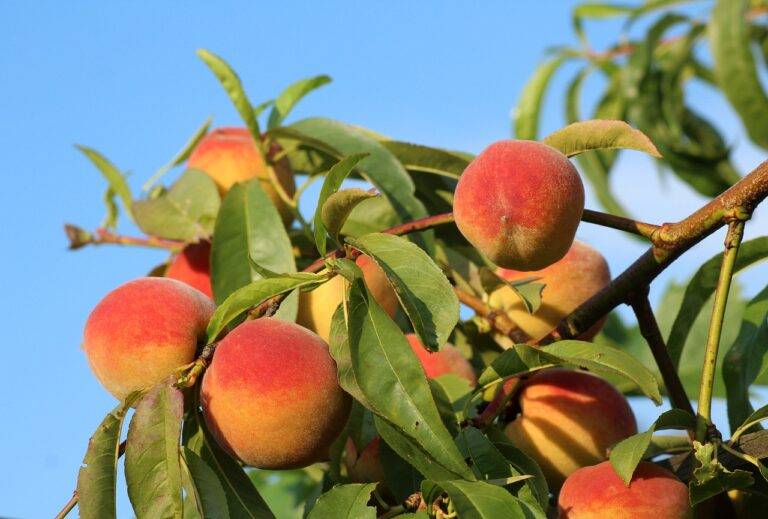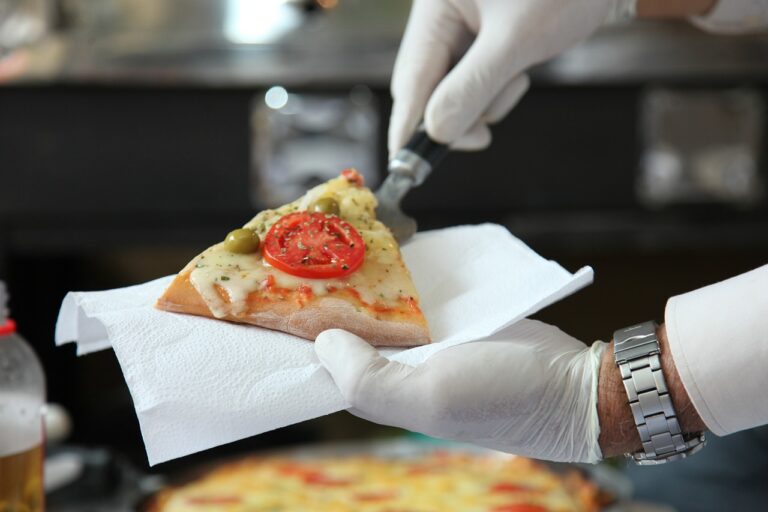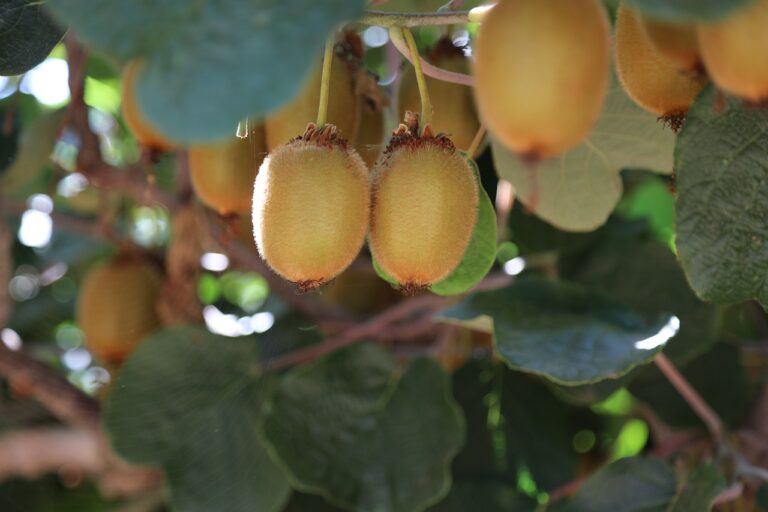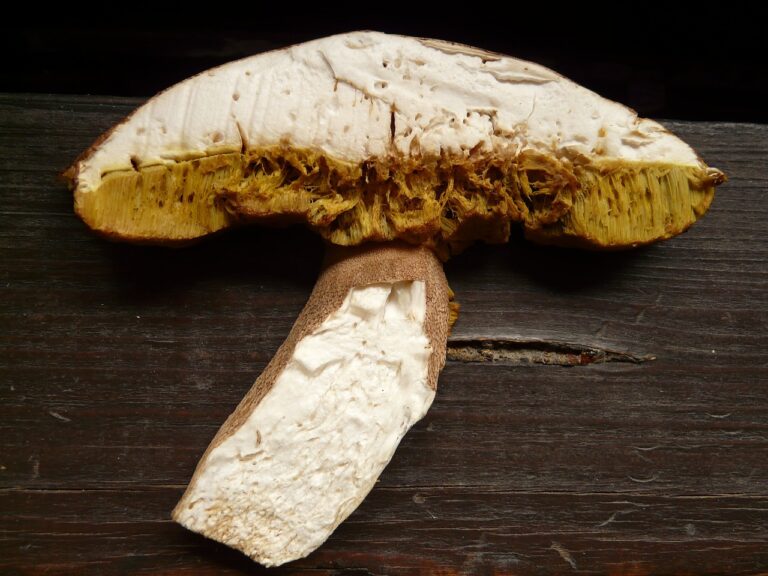The Future of Food Tech: Innovations Shaping the Way We Eat
In our fast-paced modern world, the rise of food delivery apps has completely transformed the way people access and enjoy their favorite meals. With just a few taps on a smartphone, individuals can now have a wide range of culinary options delivered right to their doorstep within minutes. This level of convenience has undoubtedly revolutionized the food industry, making it easier than ever to satisfy cravings and enjoy restaurant-quality dishes in the comfort of one’s own home.
Not only do food delivery apps cater to the convenience of consumers, but they have also opened up new opportunities for restaurants and food businesses to reach a broader audience. By partnering with these apps, establishments can expand their customer base beyond their physical location and tap into a whole new market of tech-savvy individuals looking for quick and easy dining solutions. This symbiotic relationship between food delivery apps and restaurants highlights the evolving landscape of the food service industry, where innovation and adaptability are key to staying competitive.
Vertical Farming: Sustainable Agriculture for the Future
Vertical farming is a cutting-edge method that has gained attention for its potential to revolutionize agriculture. By cultivating crops in vertically stacked layers in a controlled environment, vertical farming maximizes space efficiency and reduces the need for traditional farming practices that can harm the environment.
One of the key advantages of vertical farming is its ability to produce food closer to urban centers, reducing the carbon footprint associated with transporting produce long distances. Additionally, the controlled environment in vertical farms allows for year-round crop production, mitigating the impact of seasonal changes and fluctuations in weather patterns. This sustainable approach to agriculture shows promise in addressing food security issues and reducing the strain on natural resources.
3D Printed Food: The Next Frontier in Culinary Innovation
3D printed food is rapidly gaining attention as a groundbreaking technology in the culinary world. This innovative method involves creating edible items layer by layer using specialized 3D printers. From intricate designs to personalized nutrition profiles, the possibilities with 3D printed food are seemingly endless. Chefs and food enthusiasts are exploring this new frontier to push the boundaries of traditional cooking and dining experiences.
One of the key advantages of 3D printed food is the level of customization it offers. Chefs can tailor not only the aesthetics of dishes but also the ingredients used to meet specific dietary needs or preferences. Furthermore, this technology has the potential to reduce food waste by optimizing portion sizes and utilizing ingredients more efficiently. As 3D printers become more accessible and sophisticated, we can expect to see a surge in creative and sustainable culinary applications that revolutionize the way we think about food.
What is 3D printed food?
3D printed food is food that is created using a 3D printer, which deposits layers of edible ingredients to build up a final dish.
How does 3D printed food work?
3D printed food works by using a 3D printer to create intricate shapes and designs with edible ingredients. The printer follows a digital recipe to build up the final dish layer by layer.
Is 3D printed food safe to eat?
Yes, 3D printed food is safe to eat as long as the ingredients used are food-grade and the printing process is done correctly.
What are the benefits of 3D printed food?
Some benefits of 3D printed food include customization, precision in shaping and details, and potentially reducing food waste by only using the exact amount of ingredients needed.
Can 3D printed food replace traditional cooking?
While 3D printed food offers a new way of creating dishes, it is unlikely to replace traditional cooking methods entirely. It may complement traditional cooking techniques in certain situations.

